If you're teaching in a 21st Century piano studio (and I hope you are!), you're hopefully open to teaching pop music. Perhaps this is a new area of teaching for you, or perhaps you've always taught pop music and reading from lead sheets.
Whatever your situation, I'm really glad that you've decided to take the plunge and at least be open to teaching contemporary styles. There's no doubt that this can be quite terrifying if you've never done it before, however I guarantee your students will enjoy it and will appreciate everything you do, even if it doesn't go exactly to plan.
So, you've decided to teach some pop. How do you know what to teach?
Well, the first thing to do is: Ask your students!
If you want to know what's hot right now for piano students, ask them what they've been listening to on their phones. Ask them what pieces they like to practice in their spare time on holidays. Which YouTube tutorials have they been watching secretly between lessons?
When it comes to my own studio, I tend to introduce pop in one of two ways:
SELECTING SONGS FOR STUDENTS THAT I KNOW ARE GOOD TEACHING PIECES.
When students are first learning about chords for example, it's a good idea to get them to try the chords in the context of a song they know. Pieces like "Let it Be" and "Hey Jude" by the Beatles are great examples of simple songs with only 4 chords that are easily played in C Major and that most kids tend to know. Just make sure your choices are simple both harmonically and rhythmically.
WORKING ON A SONG THAT A STUDENT HAS BROUGHT INTO A LESSON.
This is probably the more common of the two options in my studio! I love encouraging students to bring in their own music as it gives them ownership, it encourages practice and it's a great rapport-builder between student and teacher. Unfortunately, the music is often too hard, but with a few simplification tricks, we can nut-out a decent version together in the lesson.
The majority of my students will bring in music they want to learn. But if they don't, I'll occasionally ask whether they have any music they want to learn outside of what I'm supplying. Sometimes they'll need a nudge, but I find that if I ask students to email me a list of five pieces of film/pop/tv show music they'd really like to learn, most of them can think of at least a few.
While you're asking students about music they want to play, it's good to include "classical" options too as it's amazing how often students don't seem to let me know that they'd actually really love to learn a Chopin Prelude or Beethoven Sonata unless I ask them specifically.
Do all my students learn pop?

Of course, I've also got some students (and a number of my teenage boys fall into this category) that actually don't want to play any pop music, preferring to focus on classical music.
This is great too! I never force students to learn pop, just as I don't force students to only learn classical. I'm a big believer in a rounded pianistic education, so while I might encourage the "classical" students to study some contemporary piano solos, I'll also make sure my "pop" students also focus on written music of other styles.
Remember that pop is just one part of a teacher's repertoire in the studio. I would never advocate teaching only one style, regardless of what it is!
Even if the pieces they choose are out of their league, make a point of helping them at least learn the first line or two of the main theme. They'll love you for it!!
What's the point of teaching pop music?
- There are actually many pedagogically sound reasons for teaching pop music to today's students. A grounding in pop is a grounding in chords and harmony and teaching about chords should be the cornerstone of any piano education. Why? Because music is based around chords/harmony and the more that students can understand the relationship between chords, harmony and melody, the better their reading and musicianship will be.
- They'll love it. Think about what makes you want to practice the piano. Is it a favourite Chopin Nocturne that you never learnt as a child? Is it a fast etude that you want to conquer? No doubt you want to practice this piece because you love the sound of it and/or are looking forward to the challenge of learning it. Pop is just the same for most children. It's what comes naturally to them, it's what they are immersed in everyday and it's what they like the sound of.
- If they chose it, they'll practice. A lot. And we all know that more practice = rapid improvement = self motivation = more practice!
- Learning harmony (chords) is often done through theory books, exams and learning 4-part writing. This is probably the most disconnected way to learn a practical skill
- If students can learn about the construction of music by playing music they know and love, they'll be much more motivated. See my article: "HookTheory: Hands down the best new resource for music teachers" for more information about fun ways to teach pop.
A grounding in pop is a grounding in chords and harmony...this should be the cornerstone of any piano education.
How to find out 'what's hot' right now
- YouTube. Search for "Top Music June 2015" or "Singles Charts April 2015" and read the comments under the videos for a list of featured songs. YouTube really is the place you need to be if you're going to teach pop.
- Still on YouTube: check out the Billboard charts (USA), UK Top40 charts, etc for top songs related to your location.
- While you're there, also check the recommendations on the right hand side when you are viewing a video as these often provide related links to similar material.
- Also check out what other teachers are teaching on YouTube by following their channels. Search for a song you'd like to hear performed (contemporary solo) and go and look at the other uploads on that teacher's channel.
- In Australia, check out the Aria Charts
- You can also explore the iTunes charts (this link is to the Australian one)
- Spotify, Pandora, iHeartRadio. All of these streaming services have tend to have a "radio" feature or inbuilt playlists of the most popular streamed songs. This can be another source of up-to-date material.
Finding music for your students doesn't have to take too much time but it does mean you have to stay current. Rather than try to provide an up-to-date list of what's hot right now, I've recorded a video showing you exactly how I use YouTube for pop research.
It won't always work!
Be aware that not all pop music works well on piano. I've had my fair share of total failures trying to make a piano arrangement out of pop music that just doesn't sound any good!
This can happen when a student brings a pop song into a lesson and you can't find the music. Sometimes trying to work out the chords or melody just doesn't give a pianistic outcome.
But that's OK. I find that students are generally pretty open to the fact that you've at least tried to help them, even if the result wasn't too good. Try and find another song by that band/artist or check out a more pianistic pop song.
My hot tips are:
- If there isn't much in the way of piano or chordal interest in the song, see if there is backing track on the Notestar app. If there is, your student can play the chords along to the backing track and will enjoy the experience even if the chords are simple and repetitive.
- Encourage students to learn pop music that features piano. As long as they are technically able to play whatever is played on piano (or a simplified version), they'll feel they've achieved something very cool.
- If you start teaching something that just doesn't sound very good on piano (your student will soon let you know if they don't get it), just admit it hasn't worked and move on to something else. If you've run out of ideas, ask them for some more suggestions during the week.
Stay tuned for future posts which will talk more about pop music that works really well on piano.
Conclusion
There are so many great reasons to work with your students on pop music. Not least of all, we live in the 21st Century with composers and musicians writing extrardinary music. Why not use it?
We know that Bach taught his students with the music of his day. Shouldn't we do the same?
How's your Pop Teaching Going?
I'd love to hear how you've been going with teaching pop in your studio. Do you use music? Do you let kids choose? Do you follow YouTube tutorials? Perhaps you don't teach it! Whatever your view, do let me know your thoughts by leaving a comment below.

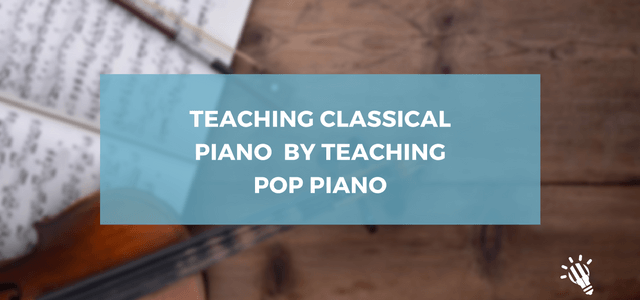

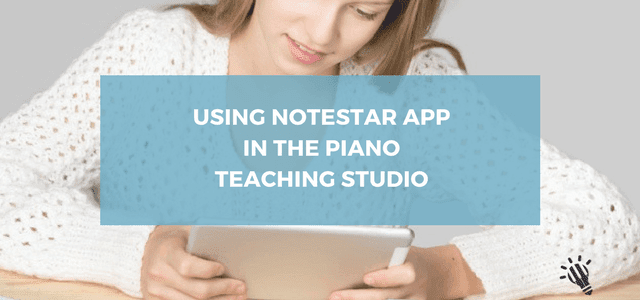
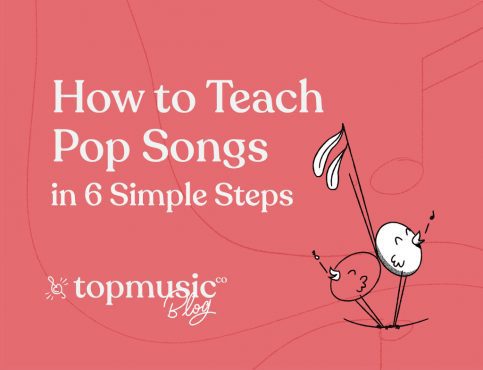
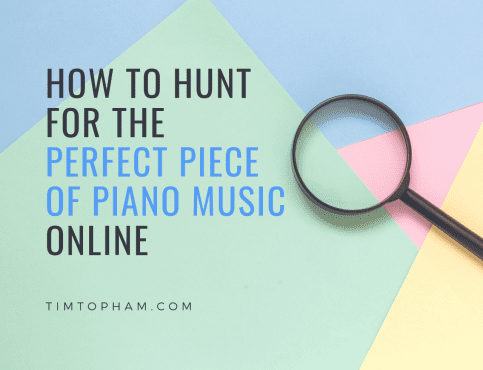
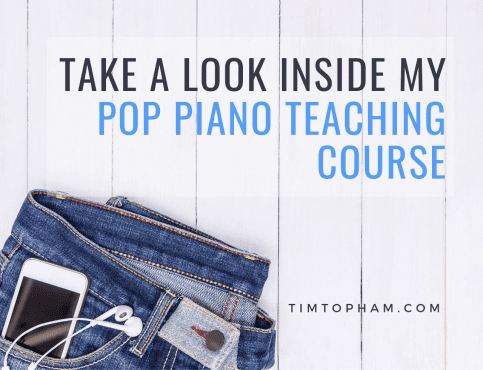
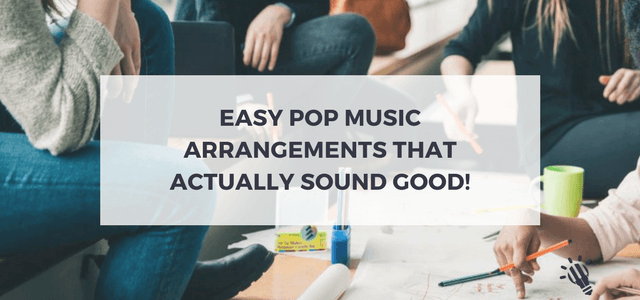
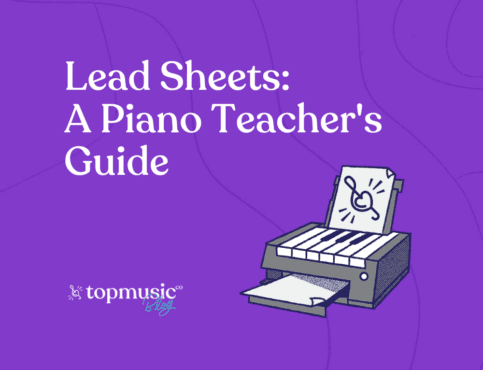
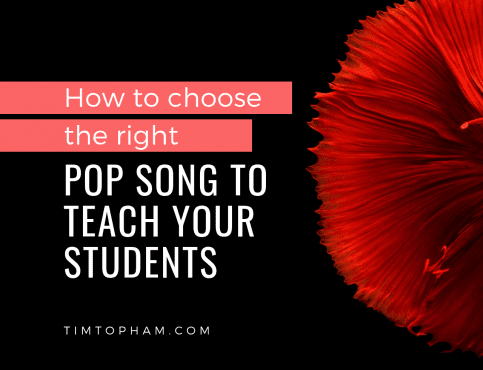
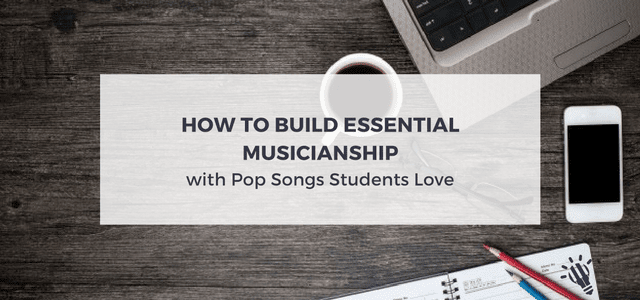
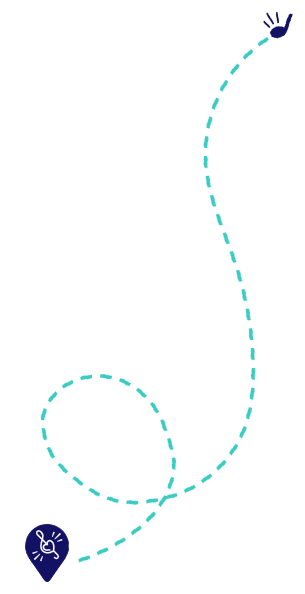

Jenny says:
Do you have any information concerning pdf book?
Tim Topham says:
Hi Jenny – what PDF book are you talking about?
Ron Willmot says:
Hi Tim,
Many Thanks for your amazing blog. You truly are an inspiration!
I’ve been teaching pop in my piano studio for over thirty years. It was the reason I started teaching piano as I was the only pop-rock pianist in a town of 15 thousand people. I have a list of tried & true pop teaching pieces on my website, some new and some older. It might be of help to you and your readers.
The address is: http://www.pickeringpianolessons.com/page7/
I’ll be adding lists of playable pop songs for different age groups as well, soon. A number of my students are adults & seniors and only a few have an interest in classical repertoire.
All The Best,
Ron Willmot
Tim Topham says:
Hey Ron. Thanks for the awesome resource for teachers. Are you happy for me to refer to it in future articles? Sounds like we’ve definitely got some similar ideas about teaching – great to connect with you (and love the pic on the front page of your website!).
Ron Willmot says:
Hi Tim, I’m more than happy for you to refer people to my site. Thanks. I’ll be expanding my lists as well in the following months. I have several students whom are really into older rock and I’ll be comprising a list of pieces from the 50’s through the 80’s of great playable piano music.
jazzman1945 says:
Tim ,this is a great stuff! Finally, I see that I’m not alone, not so when I started to teach pop piano, and it was completely from scratch! The same problems, and even the same initial repertoire – ‘Let It Bee ” and ” Sunny “.My foundation of classical music and jazz was very helpful, but it was not enough.
About arrangements for piano: I’m sure that we can take any song and remake it for piano, even if the music is not very interesting. Then we can focus on rhythm and chords more interesting than simple triads, such as Major 2, minor2, sus 2 sus4 etc.
Once again – thank you for the stuff!
Tim Topham says:
Hey Jazzman. Yes, you can arrange anything for piano by focusing on the chords and using different variations and LH patterns, but I guess my point is that it doesn’t always sound that good (and that’s what it’s all about for kids at least). But it always amazing to see how creative some people can be with tunes that you would never have thought to play on piano! Thanks for leaving your thoughts 🙂